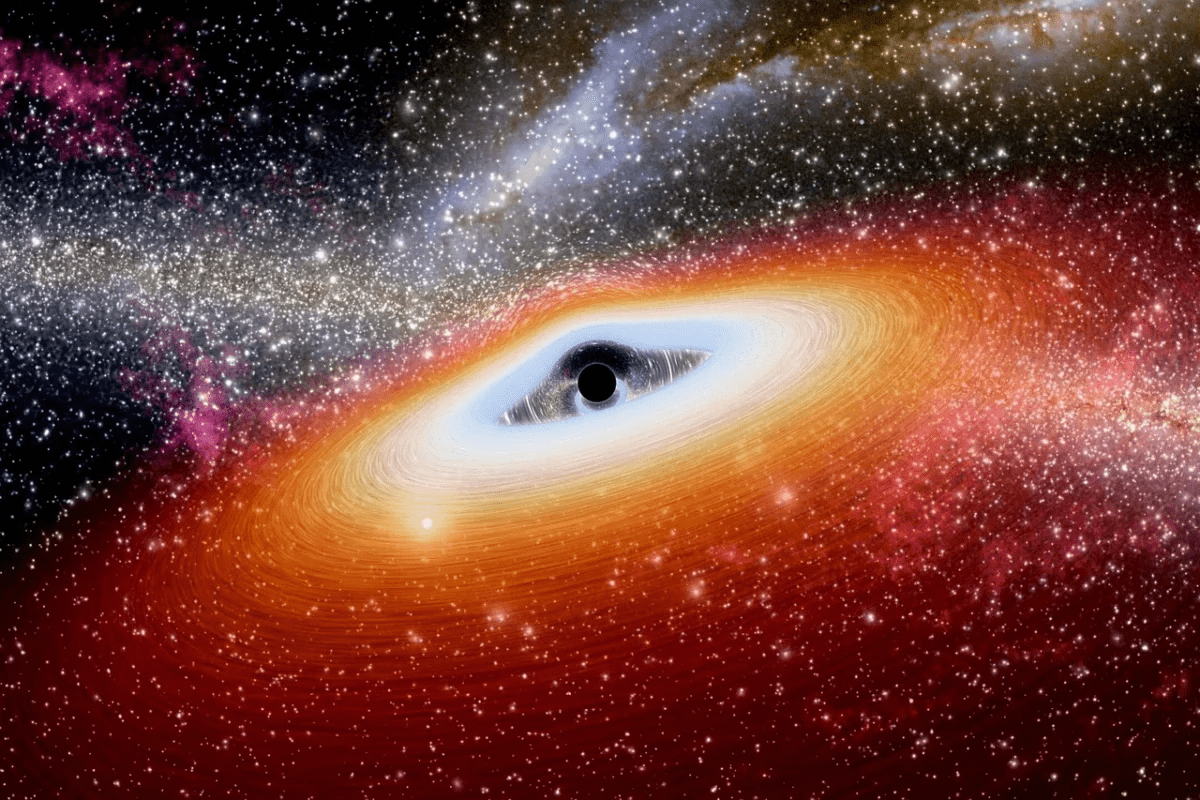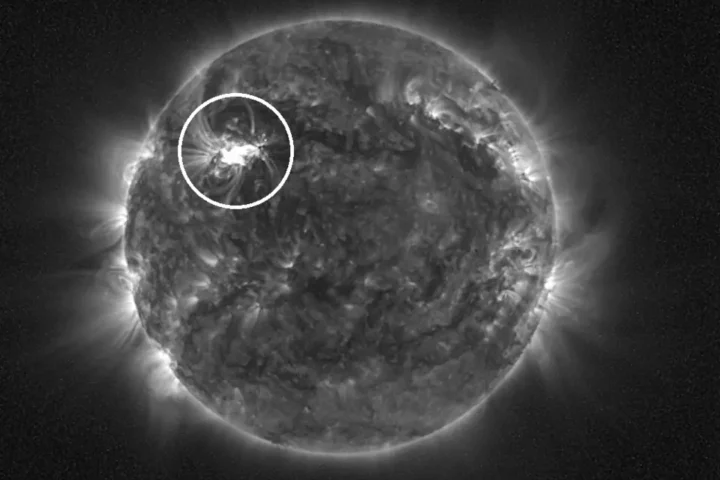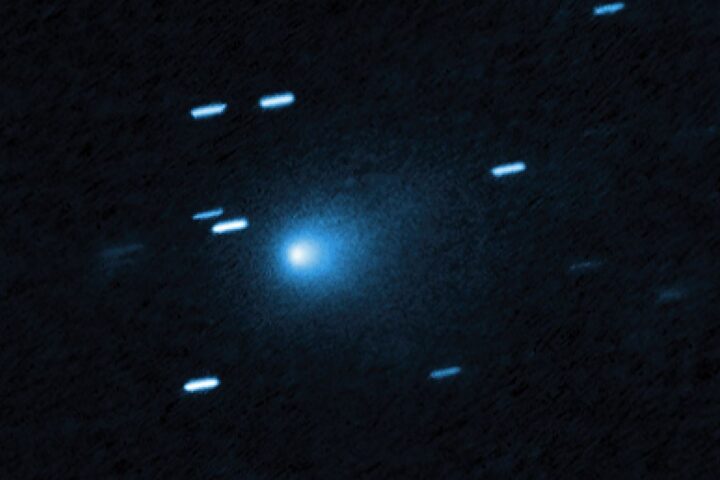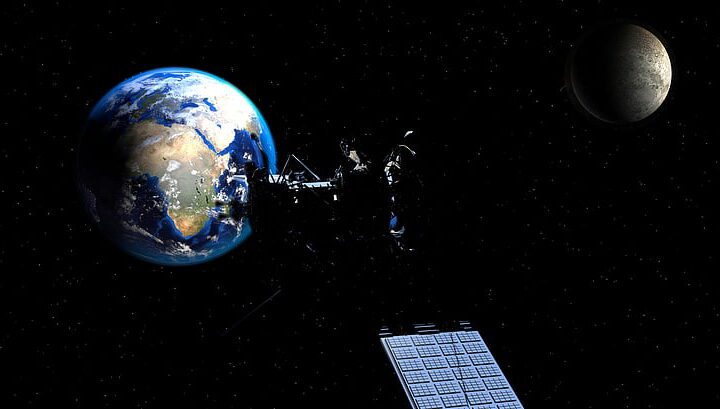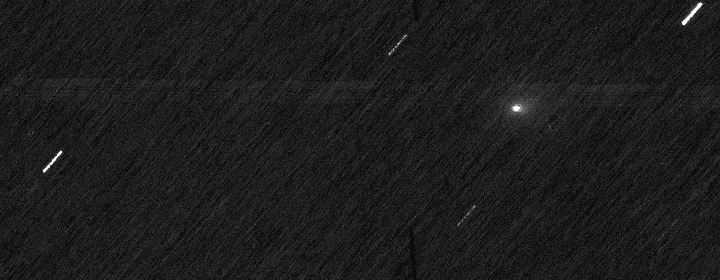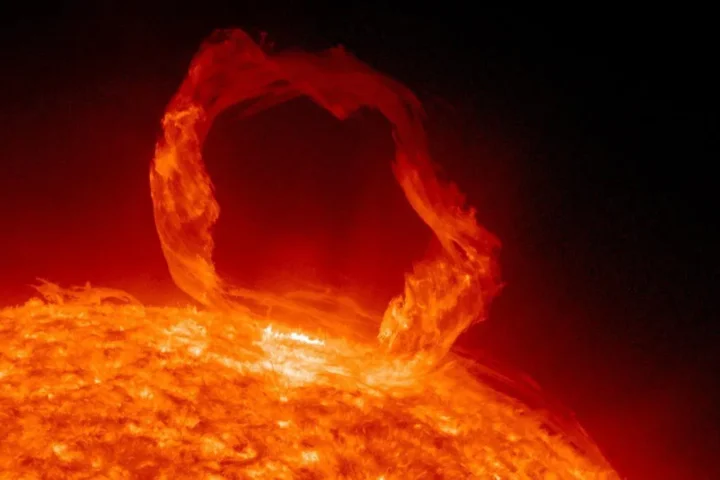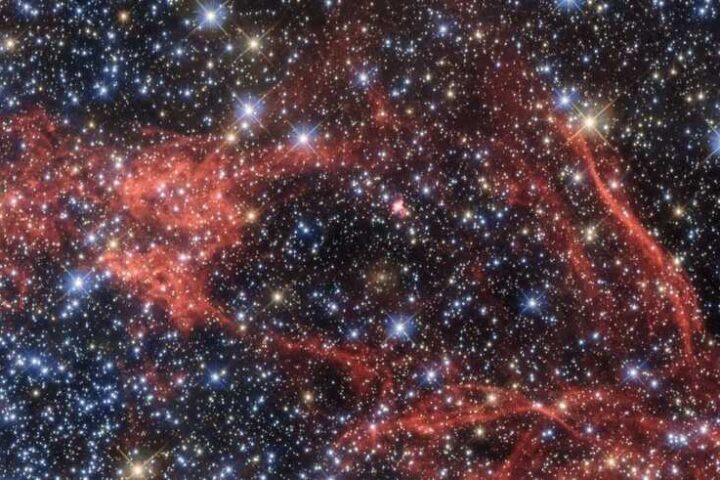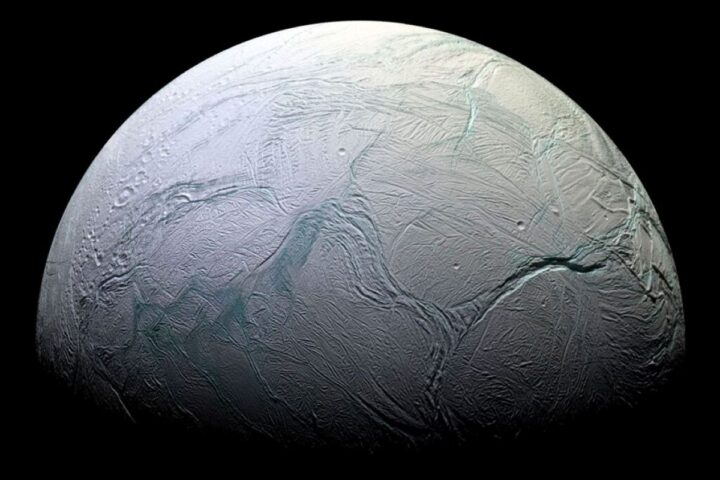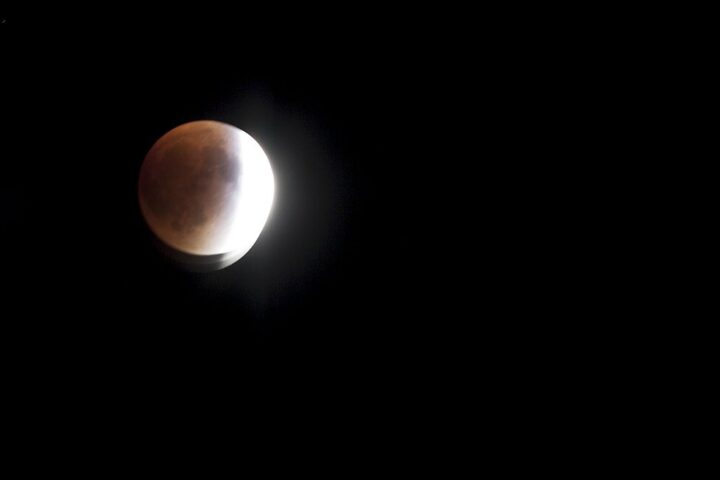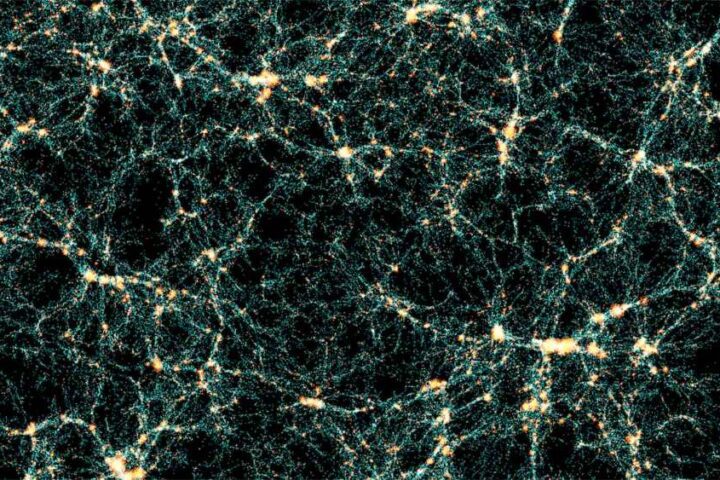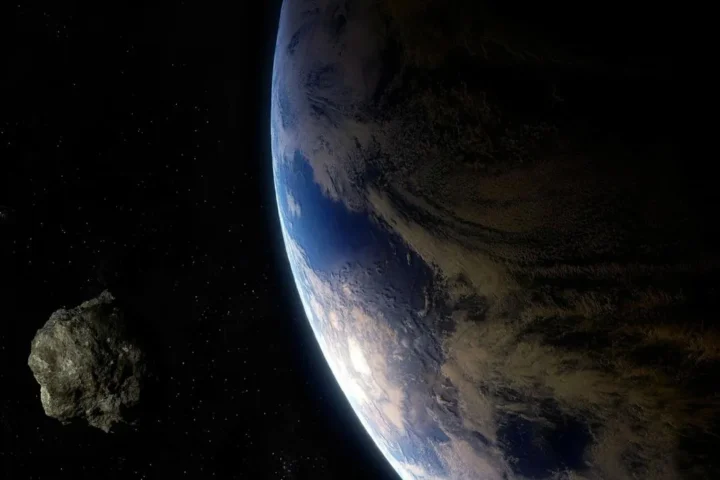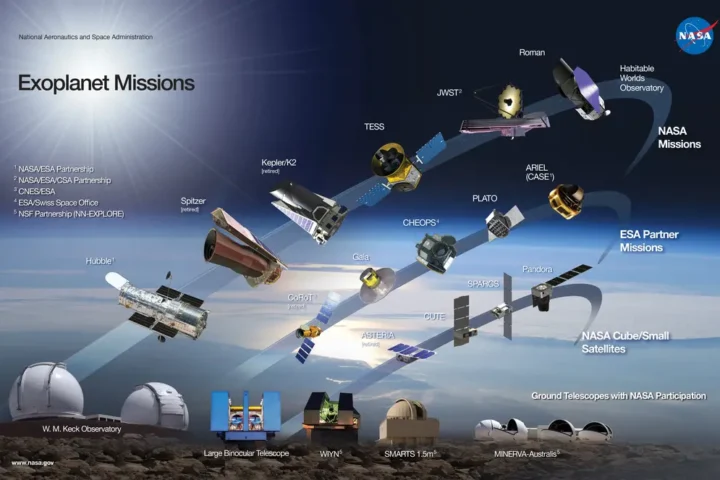The James Webb Space Telescope (JWST) has provided astronomers with groundbreaking discoveries that have shaped our understanding of the early universe. The Cosmic Evolution Early Release Science (CEERS) Survey, conducted by the JWST, has revealed the most distant active supermassive black hole known to date, along with two additional small black holes and a remarkable collection of ancient galaxies. These findings shed light on the formation and evolution of black holes.
CEERS 1019: A Weighty Enigma CEERS 1019’s notability stems not only from its ancient existence, but also from its relatively smaller black hole. Weighing in at around 9 million solar masses, this black hole is significantly less massive than others detected in the early universe. Unlike the massive behemoths that are easier to detect due to their brightness resulting from matter ingestion, CEERS 1019’s black hole is more akin to the one at the center of our Milky Way, which is 4.6 million solar masses. While its smaller size poses a challenge in explaining its formation so soon after the universe’s birth, the James Webb Telescope’s precise observations have enabled definitive detections of these elusive black holes.
Similar Post
Unraveling Spectral Secrets The wealth of data provided by the JWST allows researchers to delve into the intricate details of the spectra. By untangling emissions from the black hole and its host galaxy, scientists can discern the amount of gas being ingested by the black hole and determine the galaxy’s star-formation rate. CEERS 1019, for instance, exhibits three distinct bright clumps rather than a singular disk, a visual anomaly at such great distances. This peculiar structure suggests that a galaxy merger may be fueling the black hole’s activity while fostering increased star formation.
Exploring the Diversity of Early Black Holes The CEERS Survey extends beyond CEERS 1019, uncovering two more small black holes within galaxies CEERS 2782 and CEERS 746. These “lightweight” black holes, approximately 10 million times the mass of the Sun, challenge previous notions regarding the prevalence of lower-mass black holes in the early universe. Their detection has been made possible by the James Webb Telescope’s remarkable sensitivity. These findings hint at the existence of an abundance of lower-mass black holes waiting to be discovered throughout the cosmos.
Ancient Galaxies: Windows into the Cosmic Past The CEERS Survey has also provided tantalizing glimpses of ancient galaxies that thrived when the universe was between 470 and 675 million years old. However, these galaxies appear brighter and more numerous than previously predicted. Rapidly forming stars within these chemically less enriched galaxies offer invaluable insights into the early stages of galaxy evolution. The detection of such vibrant galaxies in the early universe challenges conventional theories and promises to reshape our understanding of star formation and cosmic history.
Conclusion: The James Webb Space Telescope’s CEERS Survey has initiated a new era of exploration, unveiling the secrets of the early universe. The discovery of distant black holes and ancient galaxies presents a paradigm shift, revolutionizing our understanding of cosmic evolution. With the JWST’s precise measurements and unrivaled capabilities, researchers can now delve into the mysteries of black hole formation and the complex interplay between galaxies and their central black holes. As the CEERS Survey progresses, it holds the potential to reshape our models of the early universe and provide unprecedented insights into the origins of the cosmos. The awe-inspiring data returned by the JWST underscores its monumental significance in unraveling the enigmas of our universe and guiding us towards new frontiers of knowledge.
